Blog in Polish/po polsku: http://ontario-nature-polish.blogspot.ca/2014/08/w-osrodku-white-pine-shores-i.html
More photos from this
trip: https://www.flickr.com/photos/jack_1962/sets/72157646598273569/
 |
| Old train station in Kinmount, Ontario. The tracks have been gone for many years... |
The day we left was
rainy, but the forecast called for a perfect weather. Well, it was already
October 7 and we would not be surprised if it called for snow! We took highway
48 north, then 49 and stopped in the town of Kinmount, spotting a rail station
turned into a museum, just next to a rail bed (the tracks must have been lifted
long ago).
Years ago the Victoria Railway connected this town with Lindsay and
Haliburton. Passenger service ceased in 1960, freight service ended in 1978 and
the line was abandoned in 1981. According to a historical plaque near the
station, Kinmount is one of the first sites of Icelanding settlements in
Canada. The plaque was erected in 2000 and among 500 people gathered for the
dedication was the Foreign Minister of Iceland and the Deputy Prime Minister of
Canada:
In the 1870's, economic distress prompted mass emigration from Iceland.
On September 25th, 1874, 352 Icelanders, exhausted and weakened by illness
arrived at the emigration sheds in Toronto. When the Victoria Railway Company
offered work constructing its line from near Kinmount, the provincial
government housed the Icelanders in log shanties down river from here. Poor
ventilation, sanitation and diet allowed sickness to rage through their cold,
over-crowded quarters. Within six weeks, twelve children and a teenager had
died. By the spring of 1875, the death toll had doubled and many of the
settlers scattered in search of a better life. In the fall, most regrouped in
Toronto and travelled west to found the settlement of Gimli, Manitoba.
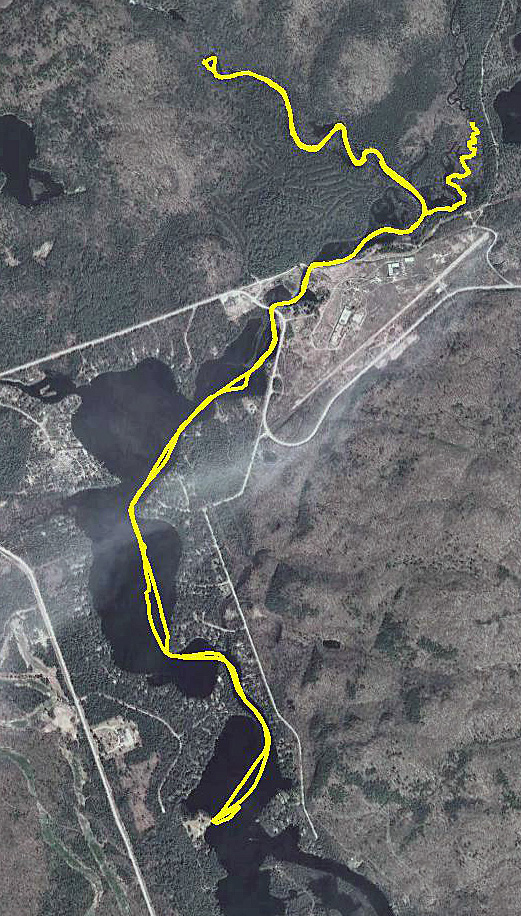 |
| Paddling to Algonquin Park |
After a while we
arrived at the White Pine Shore Resort and were assigned room #308. We were
surprised at the way this ‘resort’ looked, as it resembled an office building
in the middle of nowhere—which we later found it, once it had been. This time
we did not bring our canoe and wanted to use the resort’s canoe to go paddling,
but it was raining. We drove to the road leading to the beach area (some
distance from the hotel) and walked to the beach where the kayaks and one canoe
were located. In the evening we had an early dinner and chatted with a resort
employee. Since there was a TV set in the room, with hundreds of channels
available, we turned it on—after all, neither of us has a TV at home and we
thought we would find something interesting to watch. We happened on the TLN
channel, showing a documentary on Kenny, whose body ended at his waist and who
walked on his hands. It was quite touching—but the commercials (which I had not
seen for over 2 years) were just disgusting, in-your-face promotions, marketing
crappy, unwholesome junk food. As much as I would like to watch some good
documentaries, I was so glad I did not have TV, I could not stand that
misleading and indoctrinating advertising, which by far exceeded the communist
propaganda that I still remember from the old country.
The next morning after
breakfast, we drove on Christine Road, parked at its end and walked to the
Lodge’s beach. The lone canoe was still available, so we hopped in and paddled
north towards Algonquin Park. From the York River we canoed to Benoir Lake and
at Peterson Road saw an old, semi-abandoned bridge. We got out of the canoe and
saw an abandoned lumber yard & mill called Martin Lumber. Later we found
out that its owner, Grenville Martin, built up this business to become one of
the most modern mills in the country—and the White Pine Shores Resort where we
stayed (previously called MartinWood Resort) was originally built as the
company’s office, housing the office staff. Grenville Martin died in a plane
crash in 1984 at the age of 48 and perhaps his untimely demise eventually
resulted in the demise of his company as well.
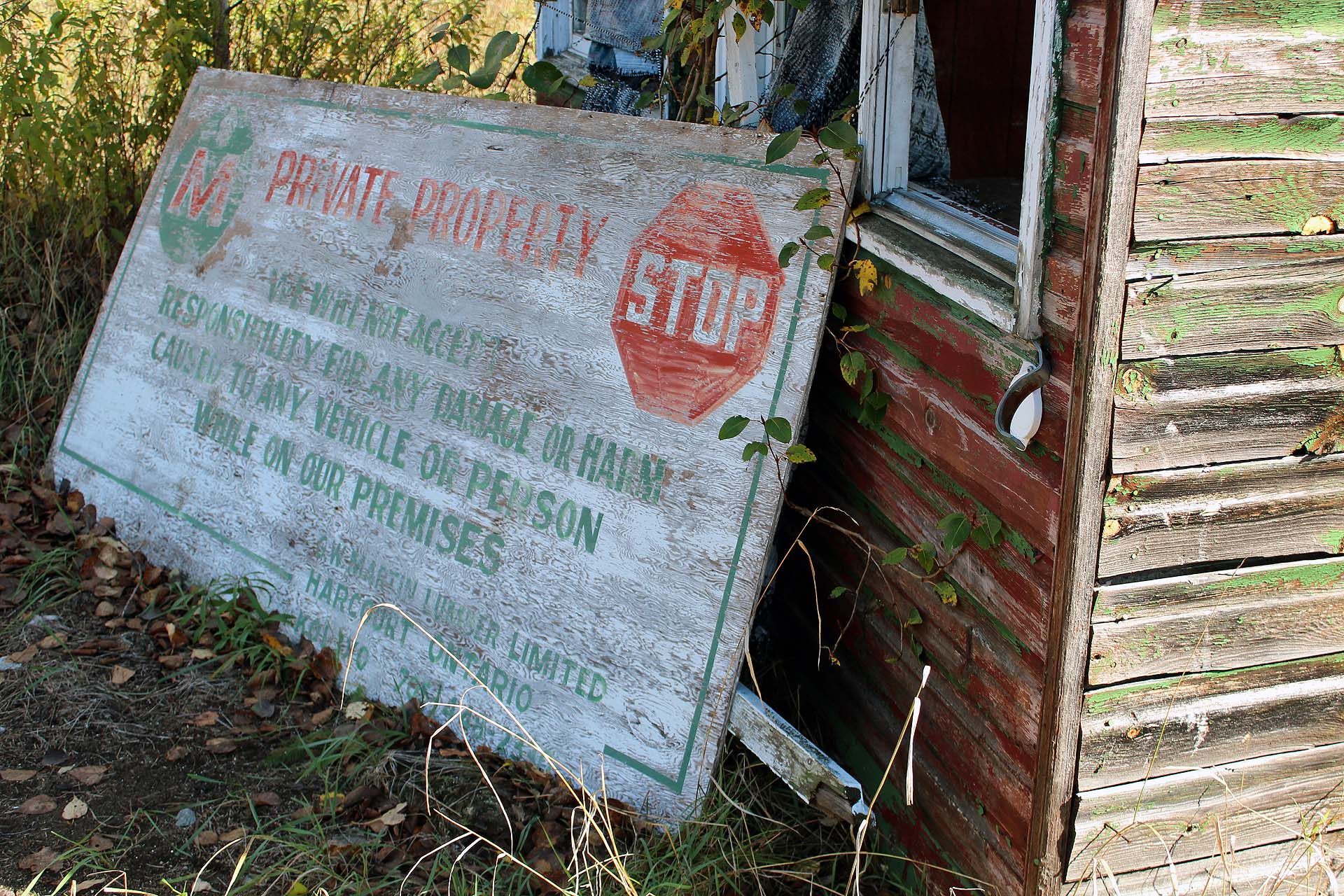 |
| Abandoned buildings of W. Martin Lumber Limited |
There were plenty of reeds
and water vegetation and we truly enjoyed paddling in such a solitude, which
was suddenly interrupted: we heard, and then saw, a low-flying big military
(transport?) plane. At one point we thought it was going to land on the water,
but fortunately (for us and the plane crew) it regained its altitude and soon
disappeared. According to posted signs, we entered Algonquin Park. Benoir Lake
ended and there were two routes: we took the one to the right, called Mink
Creek, which was meandering among reeds and sometimes it was difficult to make
turns with the canoe. Finally we reached a log jam; not wanting to carry the
canoe, we turned back to Benoir Lake and in turn took the left passage (York
River) and paddled up to the High Falls Rapids, where we left the canoe and
walked along the river. The path was very muddy and slippery and we had to be
very careful not to slip—portaging would have been quite challenging and
treacherous! The rapids were quite picturesque and after taking several photos,
we went to the canoe. We encountered only one other couple hiking from the
opposite direction. We paddled back to the beach and went to the hotel to have
dinner.
Next day we had
breakfast, checked out and drove towards Haliburton Forest, stopping at the
town of Wilberforce (for some reasons called the Geocaching Capital of Canada).
We also stopped at the town of Haliburton for a nice cup of tea. Since we were
familiar with the historical/cultural venues of this nice town, we only took
time to picnic and shop. Soon, we arrived at Haliburton Forest, where we were
going to spend several days camping.
 |
| View from our campsite in Haliburton Forest |
This forest (its full
name being The Haliburton Forest & Wild Life Reserve Ltd.) is privately
owned and encompasses an area of 300 square kilometres. It offers plenty of
activities—camping, canoeing, boating, hiking, dog sledging, night sky gazing,
snowmobiling, biking, fishing as well as canopy tour and a ride in the only
freshwater submarine in the world! In addition, there is a wolf centre and it
is possible to observe wolves living in an enclosed area through a one-way
windows. There are still some forestry operations taking place in the forest.
Furthermore, there are a number of trailers with no access to any amenities,
yet the waiting list is long and a 10 year waiting time is normal.
Incidentally, the Haliburton Forest official website prominently features my
photo taken in the forest in 2008, although I do not recall ever being asked
for permission to publish it…
Most campsites were
vacant and we were recommended campsite at a small lake. We drove to check it
out and indeed, it was awesome and we decided to take it. We drove back to the
office to pay for the site and met the owner’s wife with a hybrid wolf on a
leash—wow, a very impressive animal! She assured us it did not run off leash in
the forest. Catherine thought it looked very much like her daughter's Siberian
husky. Quickly, we drove back to the campsite—twice we had to open and close
the gates leading on various roads—the only forest I know of that has actually
gates! For a refundable fee, we were given a key to use during your stay.
Somewhat of a 'pain' to stop, open and close several times a trip but it serves
a purpose of keeping those who did not pay from driving in the forest. The fall
colours were past their peak, we enjoyed driving on the forest roads very much.
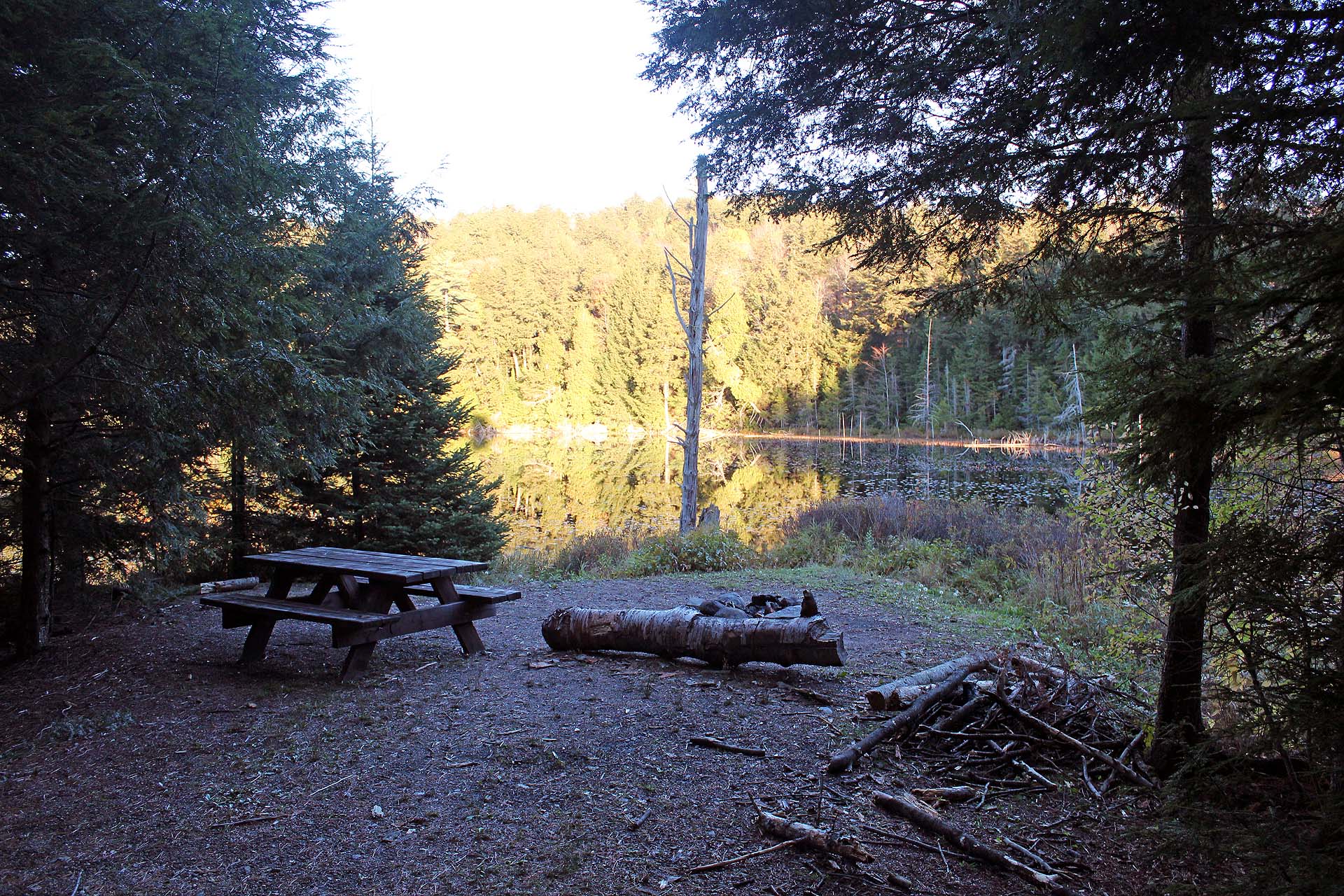 |
| Our lovely and private campsite |
There were six campsites at this lake and ours was probably the best, just on
Minnie Lake. Each campsite had a separate outhouses and the first night the
other sites were not occupied. I quickly set up the tent and we enjoyed the
sunset. There were plenty of chipmunks and squirrels on the campsite, a beaver
dam on the lake and at night we heard beavers’ tails splashing against the
water surface. We also spotted an otter and a lonely duck that from time to
time showed up at the lake. Considering that it was almost mid-October, the
weather was just perfect—it was sunny, warm and did not rain, so we could do
some hiking in the forest, drove on its many forest roads and also drove on a
road leading along Kennisis Lake. to check out a friend's cottage. He had hand built it 20 years ago. Despite
being the centre of attraction, we decided to forgo a visit to the wolf centre
as we had toured it extensively a few years back. I must note it is well worth
the time and admission fee if you go during one of the scheduled feeding times.
We left the forest on October 13, 2013, after a quick use of their pay showers
(yes, just like Europe , only loonies instead of euros). It was raining that
evening, yet we were safely in the car by then. It was our last camping trip of
2013 and we figured out that in approximately 7 months we might again go
camping!
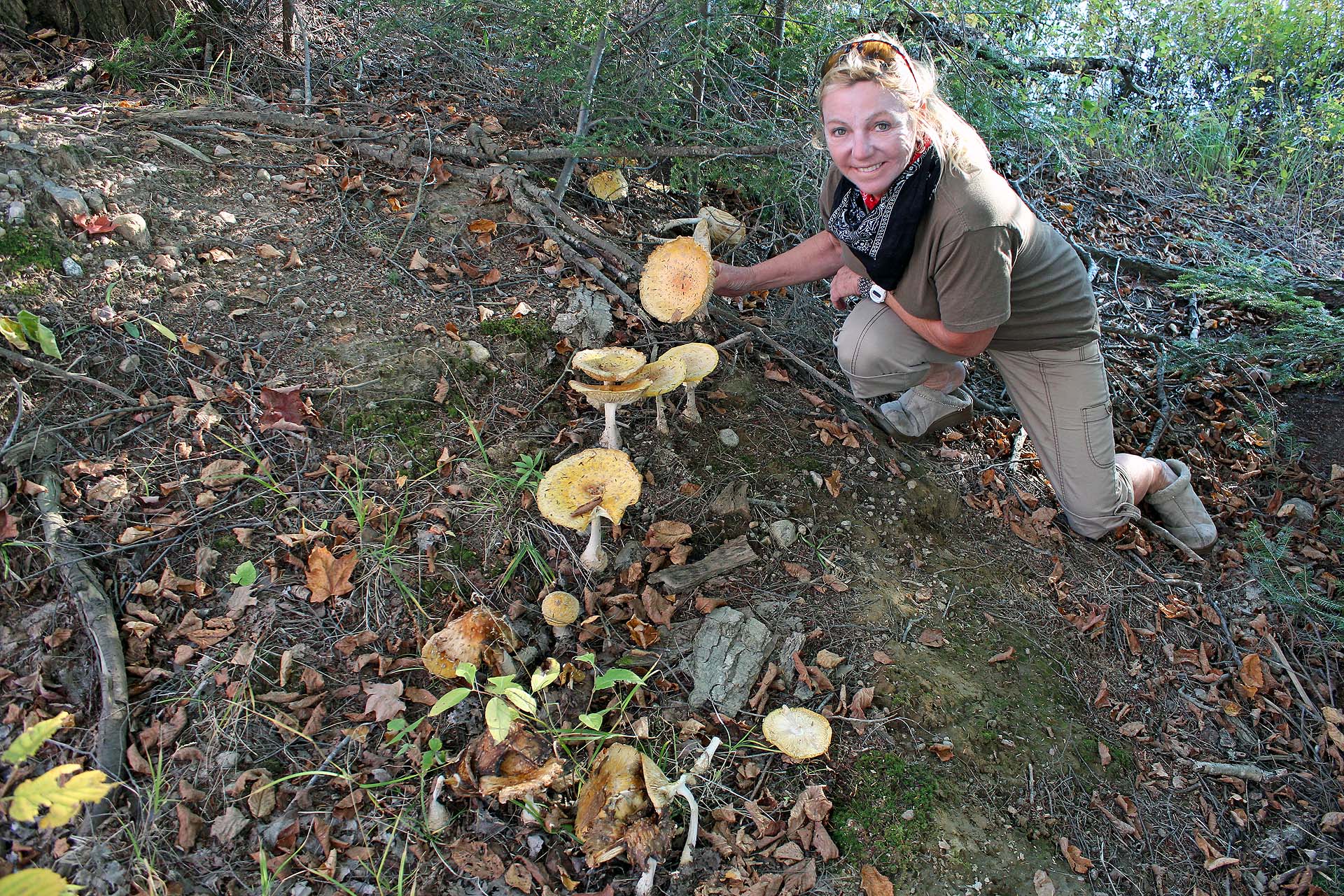 |
| Impressive mushrooms... but not edible! |
Blog in Polish/po polsku: http://ontario-nature-polish.blogspot.ca/2014/08/w-osrodku-white-pine-shores-i.html
More photos from this trip: https://www.flickr.com/photos/jack_1962/sets/72157646598273569/
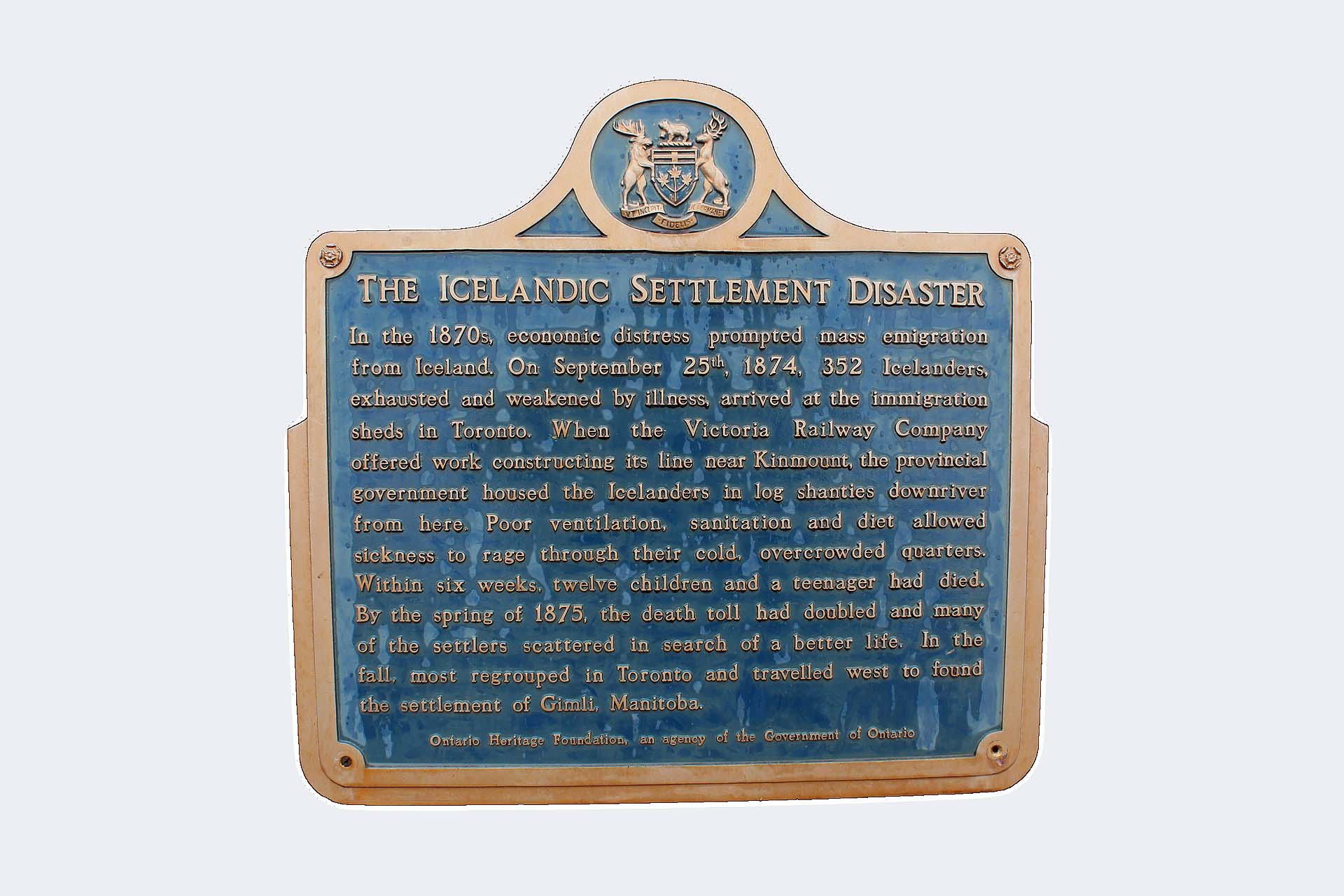
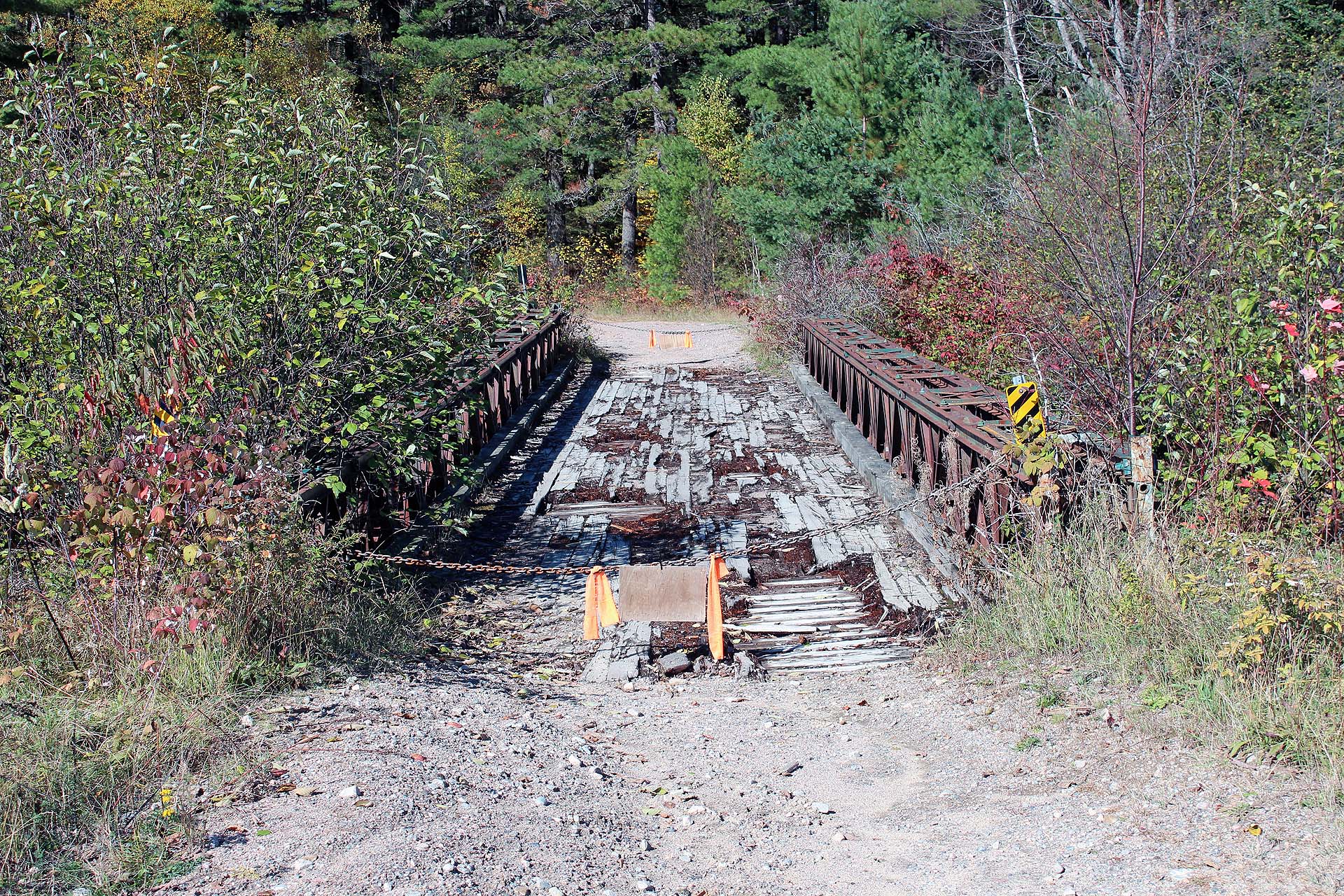
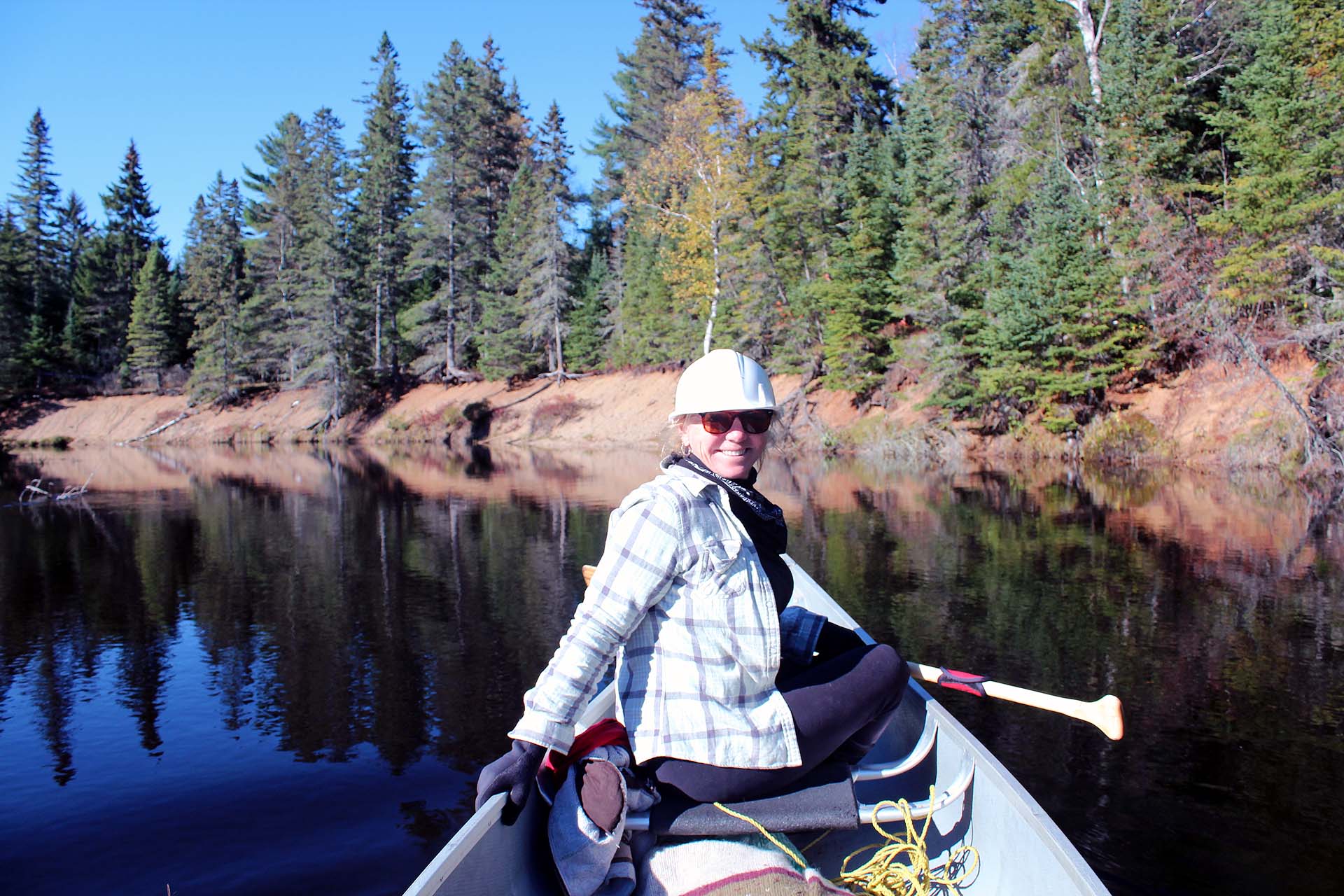
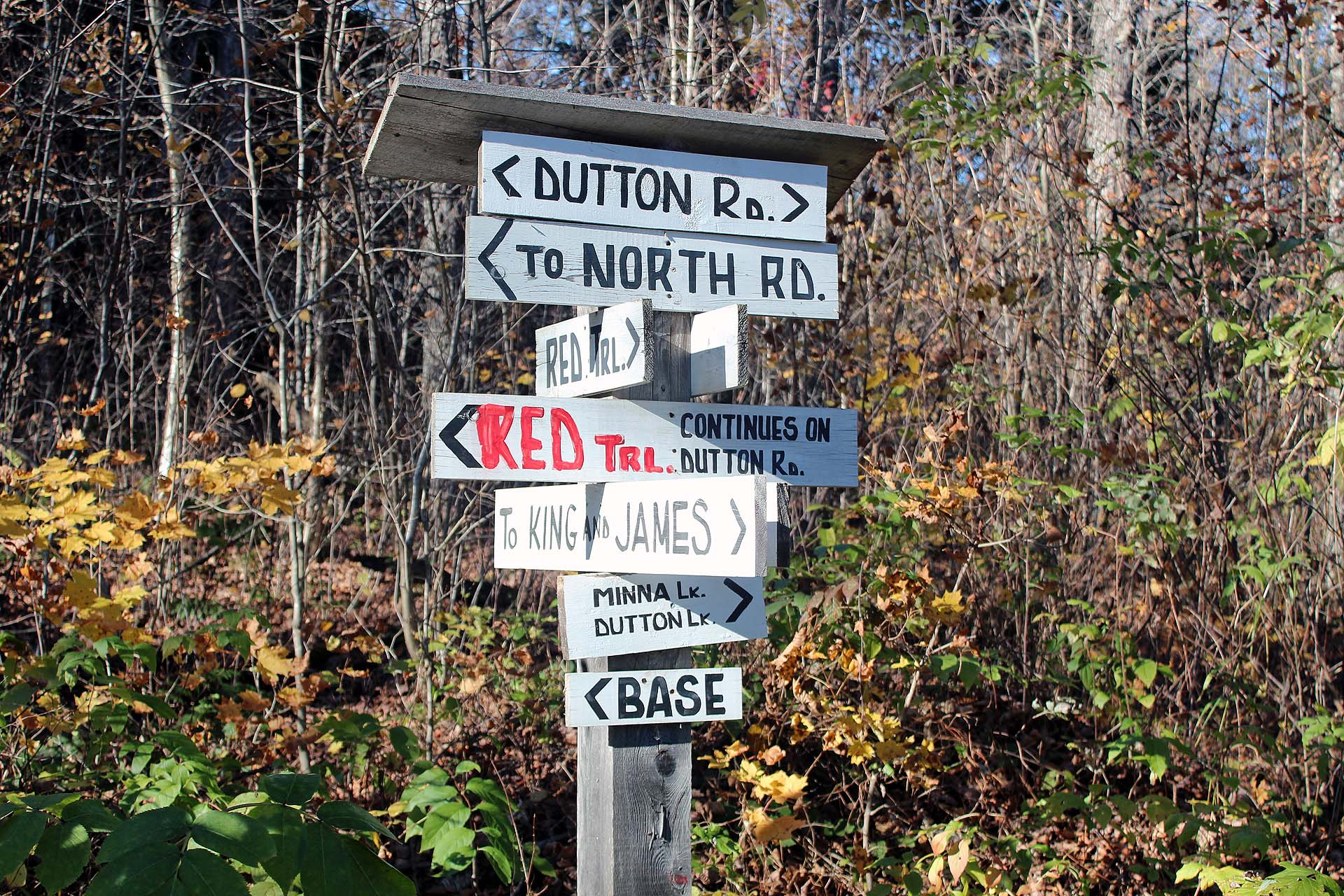
Impressive photos as in the former post. I have never read before about Islanders living in Canada, and XIXth century emigration to Canada. Interesting article about it can be found in polish: https://icelandnews.is/islandia/ciekawostki-islandia/emigracja-islandczykow-do-ameryki
ReplyDeleteThe photo of old train station resembles the situation with train stations in smaller cities and villages in Poland. Huge amount of them was liquidated during last 25 years. And the situation of polish railway economic sector is quite dramatic this time: http://niezalezna.pl/58972-wieczna-zima-kolei Thanks for inspirations!
Thanks for your comments. In fact, I had never known about Islanders in Canada-until I saw the plaque.
DeleteAt one point trains opened up the country and were essential for Canadian economy, hundreds of communities popped up along the tracks, but now most of them are gone.
its really nice to read ...
ReplyDelete